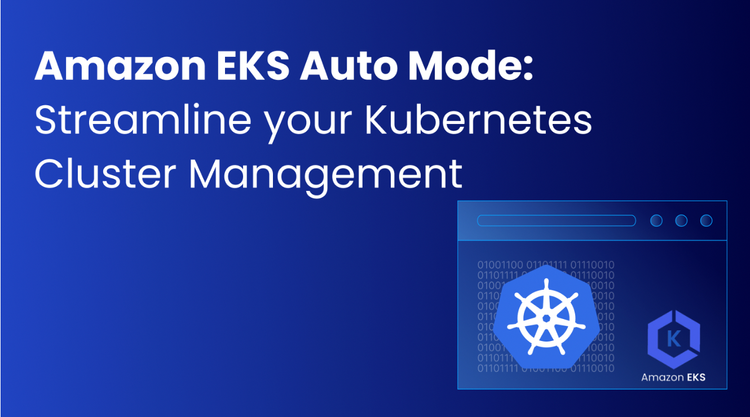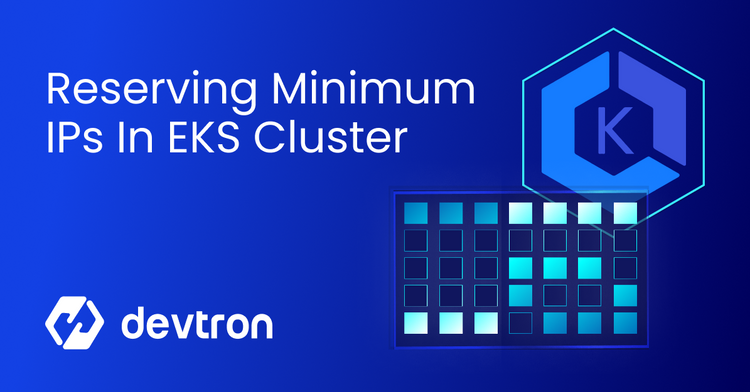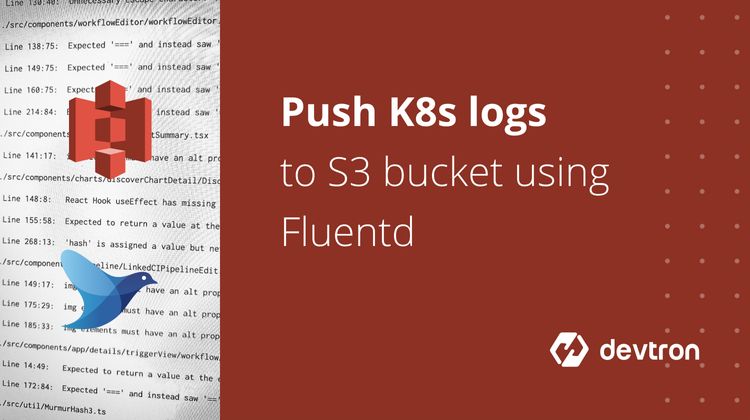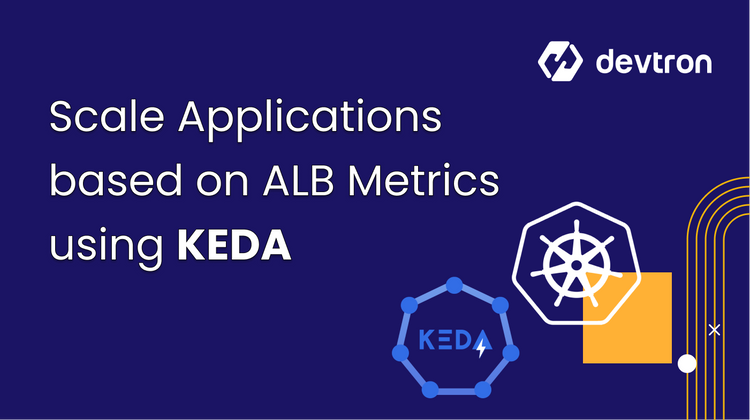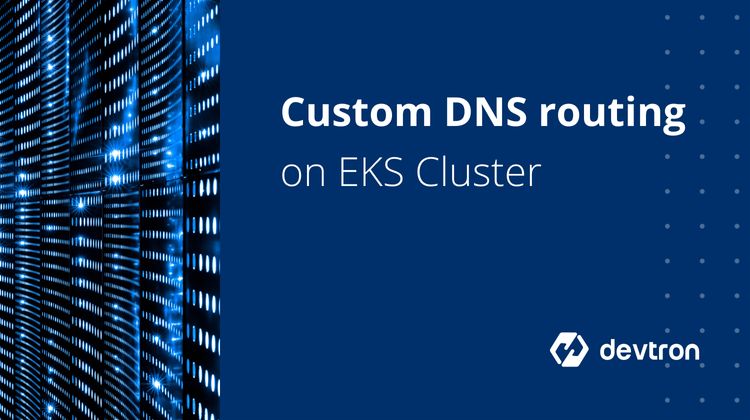TL;DR: Amazon EKS Auto Mode automates Kubernetes cluster management, optimizing computing, storage & networking while reducing operational overhead. Paired with Devtron's CI/CD pipelines, it streamlines deployment and enhances developer productivity.
AWS
TLDR: EKS clusters can run out of IPs, causing deployment issues. This blog shows how to reserve minimum IPs using environment variables in the aws-node daemonset to prevent this problem.
Cut storage costs and speed up log retrieval by sending Kubernetes logs to AWS S3 while keeping only a month’s data in Elasticsearch. Learn how Fluentd helps manage retention effectively.
TL;DR: KEDA is used to fetch metrics from AWS Cloud watch. Based on ALB metrics the application can be scaled accordingly. This will help run software efficiently and smoothly.
Learn how to optimize AWS S3 storage management with lifecycle and retention policies. Automate data transitions, reduce costs, and manage logs efficiently while ensuring compliance and performance.
Learn how to optimize Kubernetes Spot instance usage for maximum cost savings with practical strategies, mixed instance groups, node affinity, and scheduling tweaks, backed by YAML examples and step-by-step guidance.
Dive deep into AWS EKS and KOPS for Kubernetes. Learn about their cluster setup, maintenance ease, cost efficiency, and security to choose wisely.
Learn how to schedule automated Postgres backups in Kubernetes using CronJobs. This guide covers Docker setup, backup scripts, YAML configuration, and tips to ensure reliable, recurring database backups to S3.


